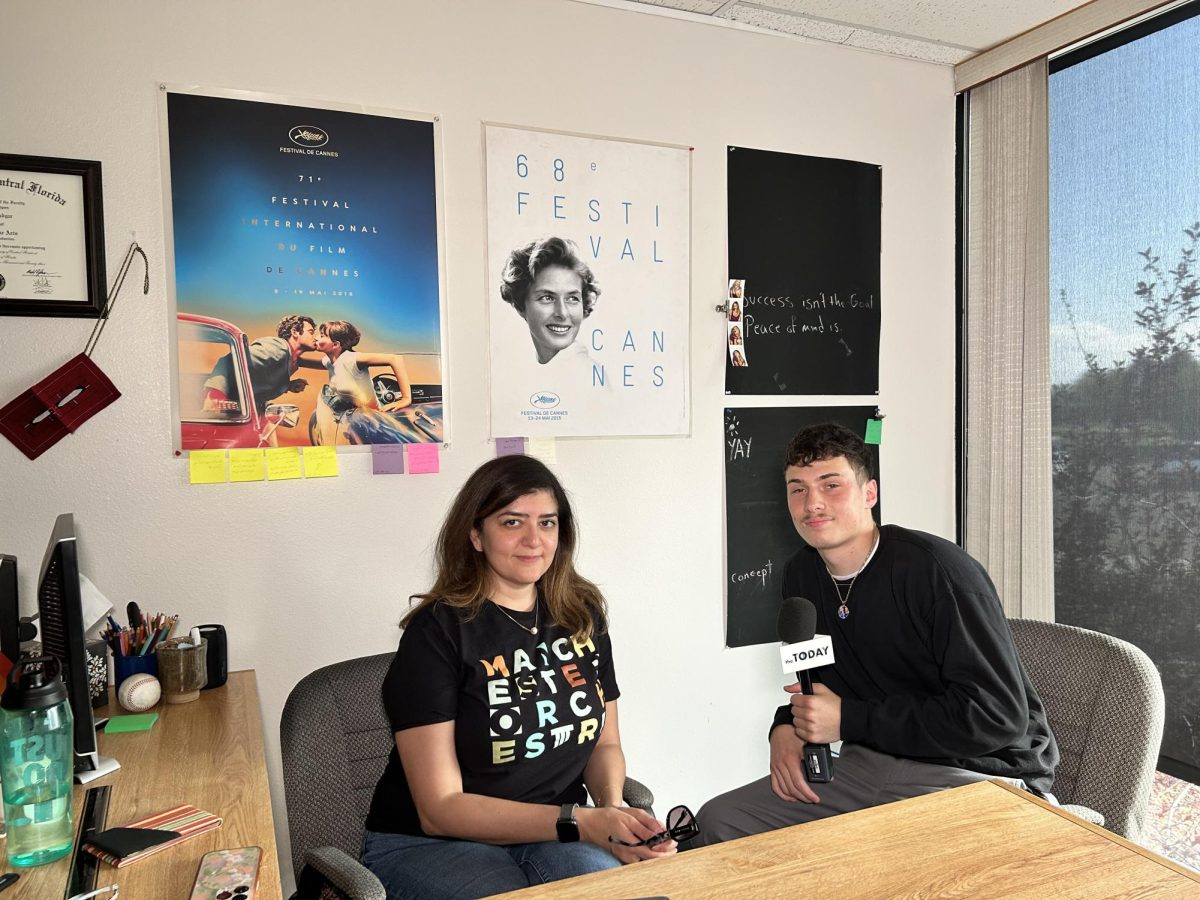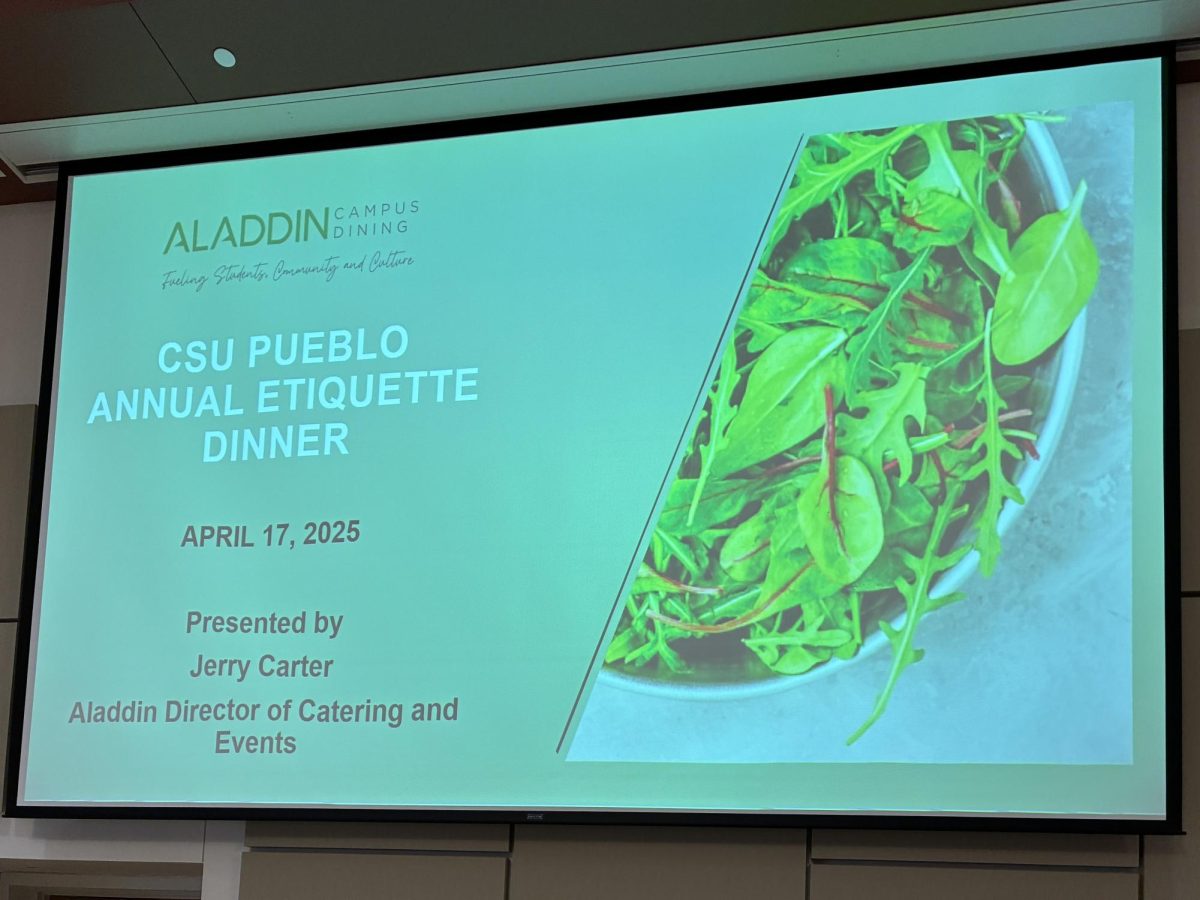On Thursday, Jenirae Wolff, an alumna history major of 2007, led a presentation and discussion on “Prostitution in the West.” The event was held in the First Year Center in the University Library. Both students and faculty attended this Women’s History Month event.
Wolff primarily addressed the presence of prostitution in the Southern Colorado region. In particular, areas that were dominantly occupied by mining communities had common brothels and bordellos.
The Old Homestead House Museum located in Cripple Creek, Colo. was originally one of the most popular brothels in the Southern Colorado region, Wolff said.
“The place was owned and operated by Madam Pearl DeVere,” Wolff said. “In those days, she was considered to be a very successful businesswoman.”
DeVere came to Cripple Creek in 1893 and became an overnight success with the upper scale clientele of wealthy businessmen.
The madam of a brothel or bordello is generally the owner and the highest up in the ranks of the prostitution business, Wolff said. According to Wolff, DeVere was also one of the best madams because she looked out for the girls employed by her.
“Some women preferred to live in a brothel like DeVere’s,” Wolff said. “They had a sense of security and safety being in the house.”
In addition, the local police were also involved in the prostitution rackets for financial reasons.
Madams like DeVere were smart, Wolff said, they paid cops on a monthly basis in addition to the prostitutes paying as well.
“Since the cops needed the money to pay salaries,” Wolff said, “they would take the pay off and leave the brothels alone in return.”
According to Joanne West Dodds’ What’s a Nice Girl Like You Doing in a Place Like This?, women’s prostitution in Southern Colorado contributed a healthy amount of funds to the police force. There are specific dollar amounts documented in Dodds’ book from April 1895 to July 1896 which show a $600 revenue from prostitution related arrests and fines in Pueblo, Colo.
“The brothels and Pueblo Police did not work out a functioning relationship,” Wolff said. “Once the madams stopped trying to work it out, the police began arresting the prostitutes.”
The fines were around $5 and went up to $25 according to Dodds’ findings. In addition,  the Pueblo Red Light District’s prostitution racket was shut down permanently by 1910. The brothels that were shut down were located in multi-purposed buildings along Union Avenue. Some of the original structures still exist today according to Wolff.
the Pueblo Red Light District’s prostitution racket was shut down permanently by 1910. The brothels that were shut down were located in multi-purposed buildings along Union Avenue. Some of the original structures still exist today according to Wolff.
Also discussed was the amount of options that women had during the late 1800s.
“Women didn’t have other financial options,” Wolff said. “Sometimes selling their bodies was the only direction to go.”
Also, Wolff said the prostitutes had hard lives and went through rough times including drug abuse and physical abuse, disease and abortions to prevent pregnancy and retain clientele. After Wolff mentioned the lack of opportunities, some of the faculty that was in attendance voiced their individual opinions.
“Even today, women make money off their looks,” Jackie Stroud, adjunct history professor said. “If they can handle the mental aspects of it, they might as well.”
Stroud also said that she has seen a number of women in the media who are retired models and turn to escort services for continued income after they are too old to model.
In addition, the topic of oppression and empowerment was also addressed during the discussion.
“Obviously some women don’t find things like this oppressive because they make good money,” Assistant Professor of English and foreign languages Algeria Ribadeneira said. “But is hard to put yourself in their shoes and understand their decisions.”
As well, Ribadeneira said she understands that women live in a society that objectifies the female gender, which can also affect the way women view themselves.
In addition, political science and women’s studies lecturer Becki Scola said that there is a demand in society for this type of behavior.
“There are some women out there that feel empowered by using their body for things like prostitution, pornography and stripping,” Scola said.
Also, Wolff said that objectifying women carries into local aspects such as restaurants.
“Take any Hooters restaurant for example,” Wolff said, “and you will see the girls with bigger boobs and the bodies that look great in the little shorts making the big money.”
Overall, Wolff said she enjoys researching and studying these topics because she thinks women today can learn a lot from those women in the past.
Wolff said she would like to further her education and pursue a master’s degree in history and also continue her research on the topic of prostitution and other women’s studies.









